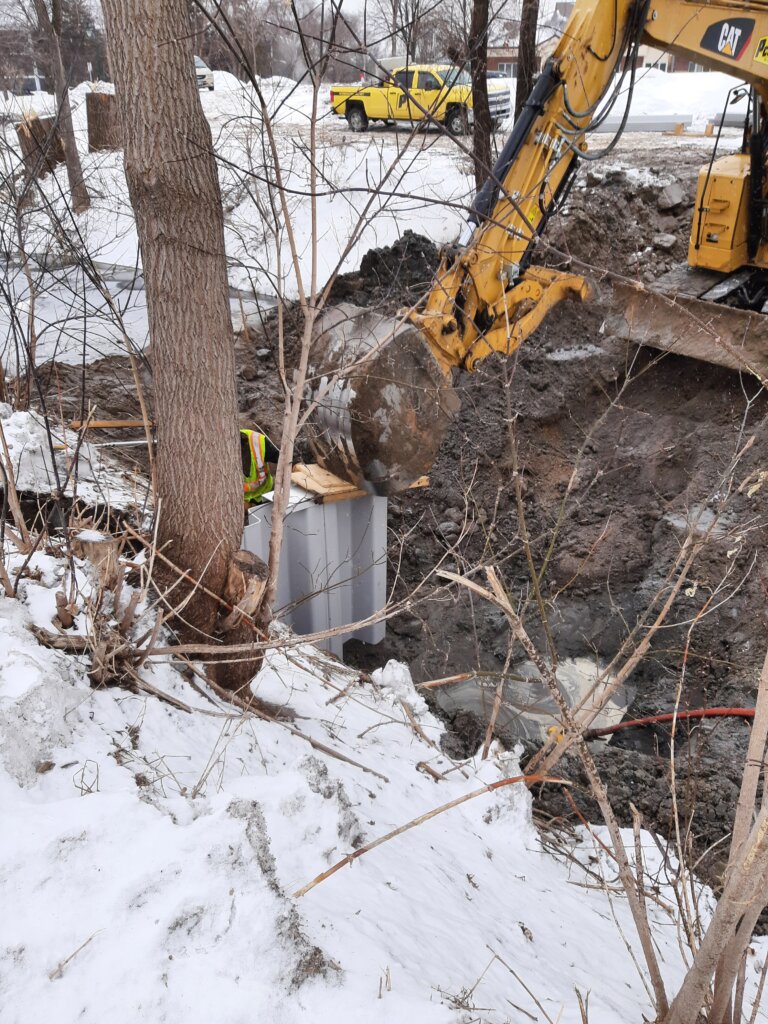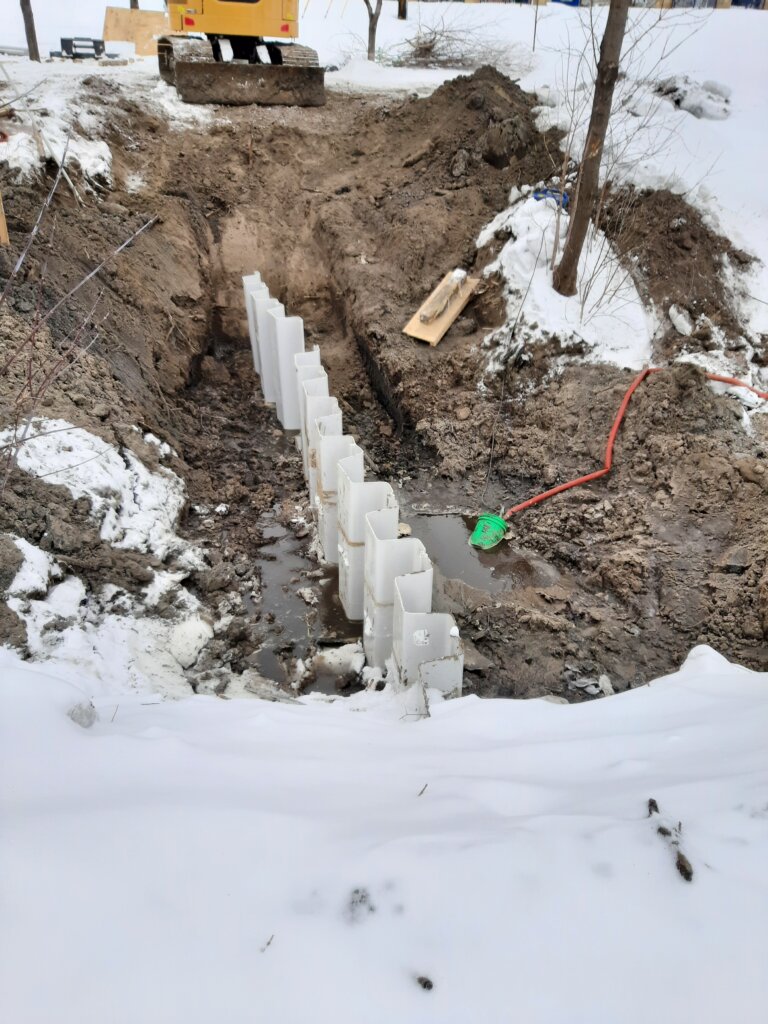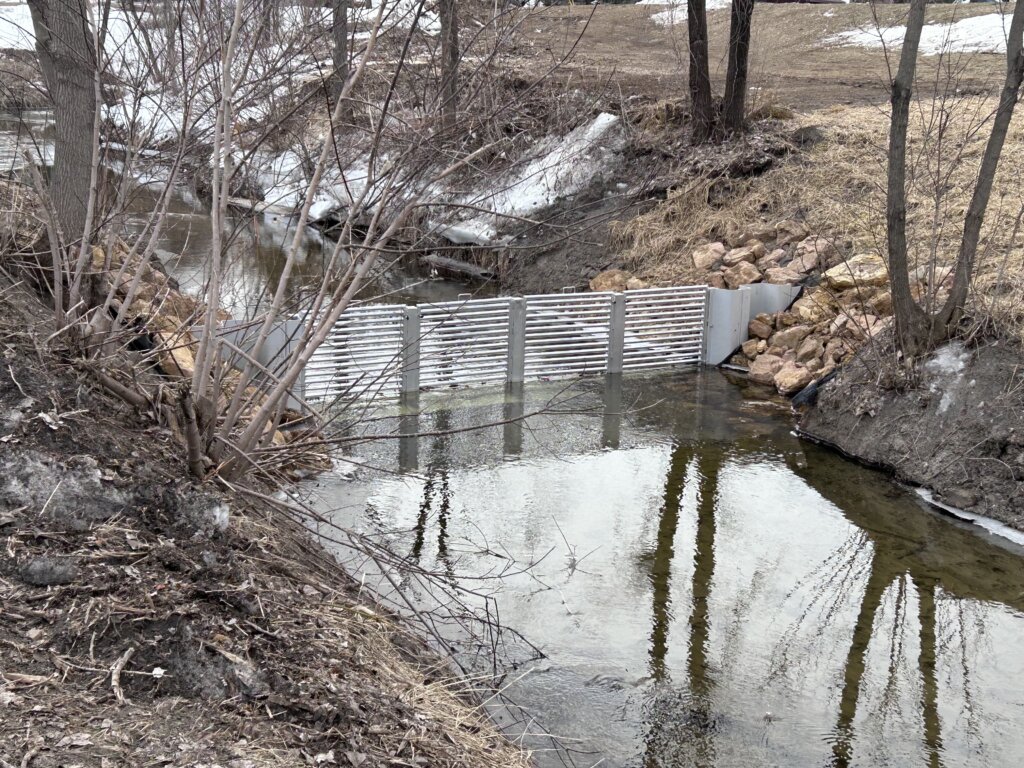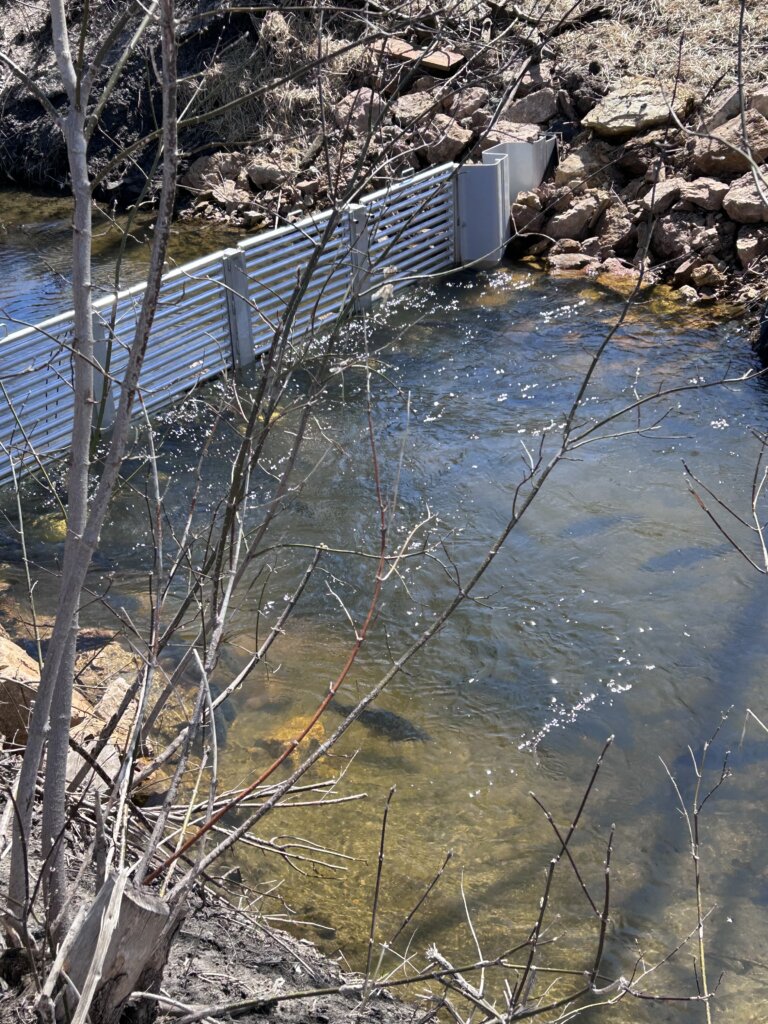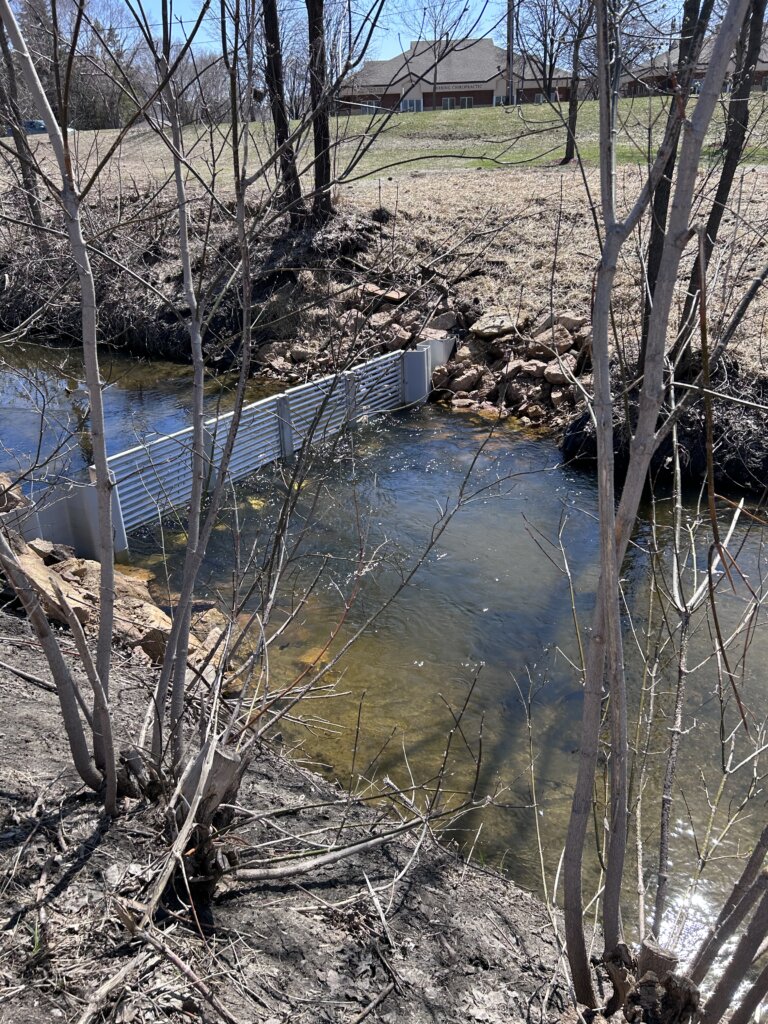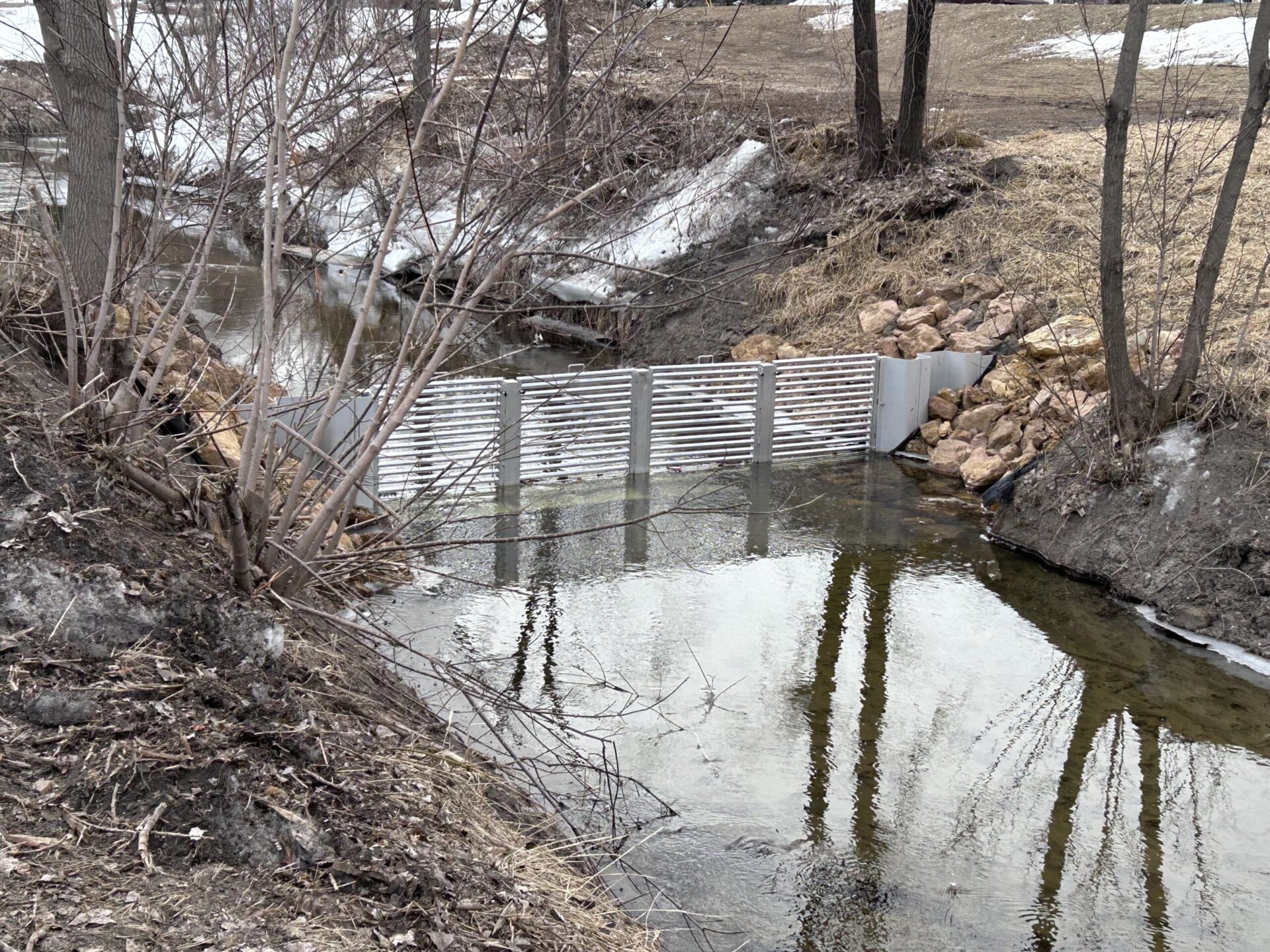
Johanna Creek Carp Barrier
City
New Brighton, MN
Completion Date
2023
Cost
$55,000
Phase
Complete
Water Body
Johanna Creek, Long Lake, Lino Chain of Lakes
Funding Sources
MN Board of Water and Soil Resources (BWSR) Metro Watershed-Based Implementation Funding, Clean Water Fund, Rice Creek Watershed District
Partners
City of New Brighton, BWSR
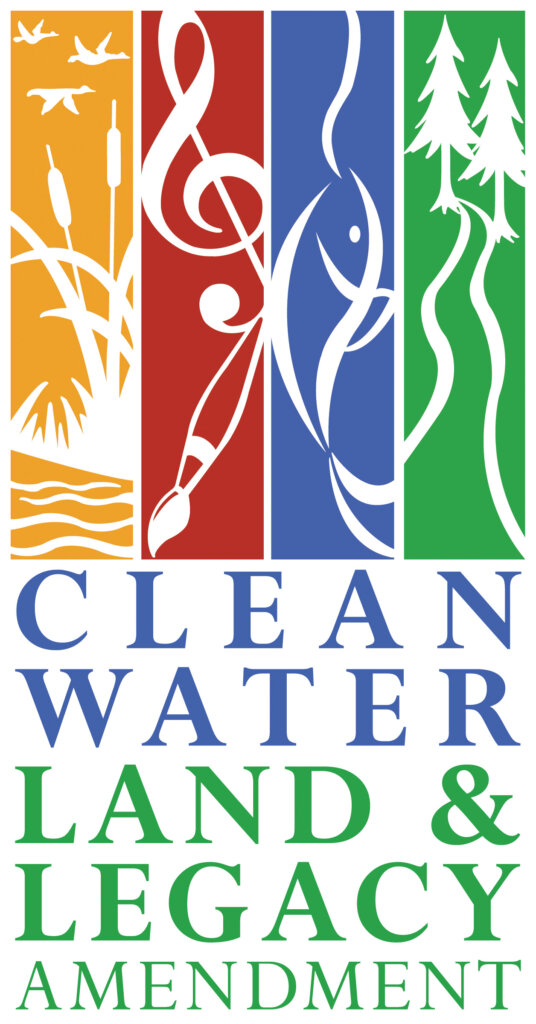
Metro Watershed-Based Implementation Funding Background:
Rice Creek Watershed is a stand-alone “allocation area” for BWSR’s FY22-23 Metro WBIF $407,796 available to eligible entities & projects. 10% local match required (minimum of $40,780).
Johanna Creek Carp Barrier is 1 of 4 approved projects.
Carp removal is just one element of RCWD’s four-part, $7.3 million Long Lake Targeted Watershed Demonstration Project, a plan to improve water quality in nutrient-impaired Long Lake. The plan includes a $3 million Targeted Watershed Demonstration Program grant from the Minnesota Board of Water and Soil Resources.
RCWD is working to expand its carp management program in order to reduce the number of common carp in the Long Lake – Lino Lakes Chain of Lakes system. Common carp pose a significant problem as they disturb the lake sediment, uproot native plants, and contribute to poor water quality and harmful algae blooms. RCWD has a successful history of implementing carp management projects and has an ongoing comprehensive program that includes monitoring, research, and active management.
One of the projects within the program is the Johanna Creek Carp Barrier. This physical barrier prevents common carp from migrating out of Long Lake through Johanna Creek for spawning. The barrier also provides an opportunity to remove adult carp as they gather at the barrier. RCWD plans to remove up to 4,000 lbs. of carp in the first year and maintain an average of around 2,000 lbs. over time.
The goal of the project is to improve water clarity in Long Lake and the Lino Chain of Lakes, ultimately meeting the state’s eutrophication standards and removing these lakes from the impaired waters list. By reducing and maintaining the common carp population below the ecological damage threshold, the project aims to enhance water quality, recreational value, and native fish habitats.
To Learn More Contact:

